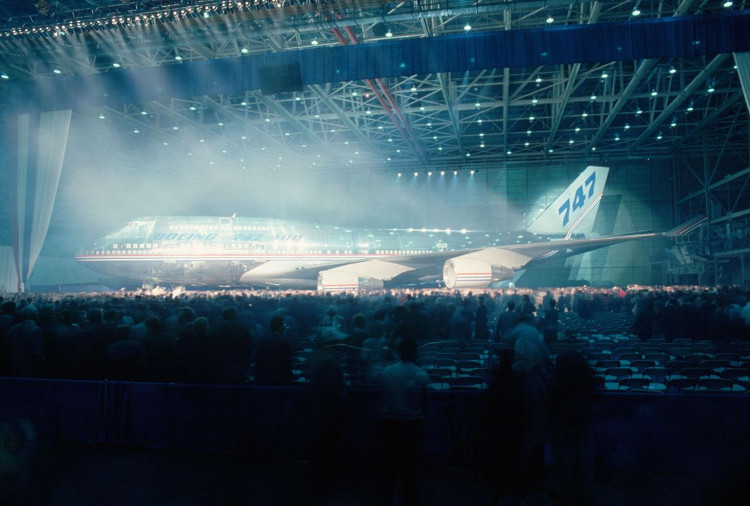Goodbye Americans 'Queen of the Sky' Boeing 747
Nearly half a century after its launch, it will carry out the last passenger flight in the United States today, on Delta Air Lines' Seoul - Detroit service.
Delta also has special flights for tomorrow, for employees and VIP customers. Fares for these "farewell tours" have skyrocketed due to customer demand.
However, the 747 will still work for Lufthansa (Germany), British Airways (UK) and Korean Air Lines (Korea). Boeing also produces the aircraft for cargo and for a few special customers, like the US President.

The Boeing 747 is the largest passenger aircraft in the world upon launch.(Photo: AFP).
"The 747 helped everyone fly," said Michael Lombardi, director of history at Boeing, "It has flanked the world . " Aviation consultant - Michel Merluzeau said that the aircraft changed people's travel: "Suddenly, you can go from Singapore to London in less than 24 hours. It makes everything easy. more approachable ".
The Boeing 747 is nicknamed the "jumbo jet" because the large bumps on the head, once the world's largest passenger aircraft, have four engines with a capacity of up to 600 passengers. Considered the "Queen of the sky" , the 747 began operating in 1969, starting a long-haul flight with a two-way wide-body jet.
"747 is a major milestone in aviation history , " said Bob Van der Linden, manager at the National Air and Space Museum at the Smithsonian Institution, "It is very large, very comfortable, beautiful and has the staircase 747 is a symbol of economic power ".
With over 1,500 orders for all lines, the Boeing 747 is one of the best-selling aircraft in aviation history. Currently, about 500 units are still active, according to Flightglobal Ascend.
Recently, when 747 began to underperform, Boeing also switched to smaller aircraft production. They believe that airlines will continue to favor large, twin-engine aircraft. They can fly as far as giant aircraft, but use less fuel. They also have fewer seats, making it easier for airlines to arrange passengers.
- Chimp hug goodbye
- The father of the Boeing 747 died
- 9 quirky queens in world history
- Notable accidents involving Boeing 777
- The giraffe kisses the goodbye goodbye
- Boeing 737 MAX - What is the most special thing in the world?
- See Boeing's most famous but upcoming model of the garden
- Boeing supercar has been discontinued globally
- Malaysia Airlines Boeing 777 lines
- Detected the missing body of the executed queen
- The process of assembling the best-selling model of Boeing aircraft in history
- The life of the Queen is immersed in Thanh
 'Fine laughs' - Scary and painful torture in ancient times
'Fine laughs' - Scary and painful torture in ancient times The sequence of numbers 142857 of the Egyptian pyramids is known as the strangest number in the world - Why?
The sequence of numbers 142857 of the Egyptian pyramids is known as the strangest number in the world - Why? History of the iron
History of the iron What is alum?
What is alum?